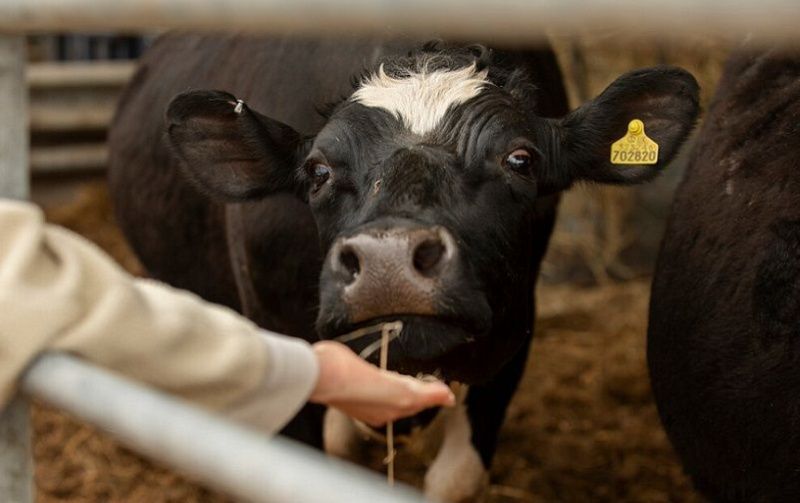Bird Flu Detected in Person Linked to Infected Dairy Cattle, Texas and CDC Report
Sourse: The DairyNews
Texas health authorities, alongside the U.S. Centers for Disease Control and Prevention (CDC), disclosed on Monday a case of avian influenza in an individual who had contact with dairy cows presumed to be harboring the virus.

This incident marks the second instance of the H5N1 strain of avian influenza, commonly referred to as bird flu, being identified in a person within the United States, following a case in Colorado in 2022. Notably, this discovery comes as the virus extends its reach to new mammals, including dairy cattle, for the first time.
According to the CDC, the infection does not alter the risk assessment for the general U.S. population regarding H5N1 bird flu, which remains low. The sole symptom reported by the Texas patient was eye inflammation, as confirmed by the state's health department.
The U.S. Department of Agriculture (USDA) revealed on March 25 that samples of milk collected fr om ailing cattle in Kansas and Texas tested positive for avian flu, underscoring the widespread presence of the virus, which has been detected in poultry flocks and mammals worldwide.
Despite these findings, the USDA reassured the public last week that the nation's milk supply remains safe. Measures are in place to divert or eliminate milk from sick cows to prevent it from entering the food chain. Pasteurization, a process mandated for milk in interstate commerce, effectively eliminates bacteria and viruses such as the flu, according to the USDA.
The Nebraska Department of Agriculture stated it is closely monitoring the situation following the detection of the virus in dairy cattle in New Mexico, Michigan, Idaho, as well as major cattle-producing states like Texas and Kansas. Nebraska will enforce a requirement for all breeding female dairy cattle to obtain a special permit before entry to safeguard the state's herd, as announced by the department.
This year, H5N1 was also detected in a goat in Minnesota, on a farm wh ere poultry had tested positive.
Avian flu has expanded its geographic footprint in recent years, propagated by wild birds. Since 2022, approximately 82 million chickens, turkeys, and other birds have been culled in the U.S. The virus poses a fatal threat to poultry but has exhibited less severity in mammals.
On Monday, Chicago Mercantile Exchange live and feeder cattle futures experienced a decline amid concerns that bird flu in cattle could dampen demand for meat and dairy products.
According to the CDC, the infection does not alter the risk assessment for the general U.S. population regarding H5N1 bird flu, which remains low. The sole symptom reported by the Texas patient was eye inflammation, as confirmed by the state's health department.
The U.S. Department of Agriculture (USDA) revealed on March 25 that samples of milk collected fr om ailing cattle in Kansas and Texas tested positive for avian flu, underscoring the widespread presence of the virus, which has been detected in poultry flocks and mammals worldwide.
Despite these findings, the USDA reassured the public last week that the nation's milk supply remains safe. Measures are in place to divert or eliminate milk from sick cows to prevent it from entering the food chain. Pasteurization, a process mandated for milk in interstate commerce, effectively eliminates bacteria and viruses such as the flu, according to the USDA.
The Nebraska Department of Agriculture stated it is closely monitoring the situation following the detection of the virus in dairy cattle in New Mexico, Michigan, Idaho, as well as major cattle-producing states like Texas and Kansas. Nebraska will enforce a requirement for all breeding female dairy cattle to obtain a special permit before entry to safeguard the state's herd, as announced by the department.
This year, H5N1 was also detected in a goat in Minnesota, on a farm wh ere poultry had tested positive.
Avian flu has expanded its geographic footprint in recent years, propagated by wild birds. Since 2022, approximately 82 million chickens, turkeys, and other birds have been culled in the U.S. The virus poses a fatal threat to poultry but has exhibited less severity in mammals.
On Monday, Chicago Mercantile Exchange live and feeder cattle futures experienced a decline amid concerns that bird flu in cattle could dampen demand for meat and dairy products.
Key News of the Week











